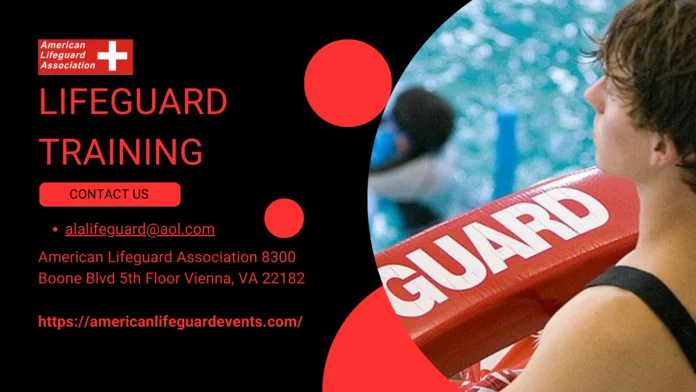Lifeguards play a crucial role in maintaining the safety of swimmers and preventing accidents at pools, beaches, and water parks. In a world where water-related accidents are all too common, proper lifeguard training is imperative. This article explores the various aspects of lifeguard training, from the necessary skills and qualifications to the comprehensive training programs available. By delving into the rigorous training process, we can gain a better understanding of how lifeguards are prepared to handle emergencies and ensure the well-being of all individuals enjoying aquatic activities.
Importance of Lifeguard Training:
Lifeguards are responsible for monitoring the safety of individuals in and around water, and their training equips them with the necessary skills to effectively respond to emergencies. Lifeguard training is vital for several reasons. Firstly, it prepares individuals to identify potential risks and prevent accidents from occurring in the first place. Secondly, lifeguards are trained to swiftly and efficiently respond to emergencies such as drowning, injuries, or cardiac arrests. Lastly, their training emphasizes maintaining a constant state of vigilance to ensure the safety of all patrons.
Required Qualifications:
To become a certified lifeguard, individuals must meet certain prerequisites. These vary by region but typically include being at least 15 years old, possessing strong swimming skills, and completing a CPR and first aid certification. Some programs may also require individuals to pass a physical fitness test to demonstrate their endurance and stamina.
Comprehensive Training Programs:
Lifeguard training programs encompass various components to prepare individuals for the challenges they may face on the job. These components include:
a) Water Rescue Techniques: Lifeguards are trained in a wide range of rescue techniques, such as hand signals, buoy rescues, and spinal injury management. They learn how to approach distressed swimmers and bring them to safety while minimizing the risk to both the swimmer and themselves.
b) First Aid and CPR: Lifeguards are trained to respond effectively in medical emergencies. They learn how to perform cardiopulmonary resuscitation (CPR), stabilize injuries, manage choking incidents, and utilize AED (Automated External Defibrillator) machines when necessary. Prompt and proper first aid can be the difference between life and death in critical situations.
c) Communication and Surveillance: Lifeguards are taught effective communication skills to ensure clear and concise instructions are given to both patrons and colleagues during emergencies. Proper communication enhances teamwork and facilitates successful rescue operations. Additionally, lifeguards are trained to maintain constant surveillance of their assigned areas, identifying potential hazards and preventing accidents proactively.
d) Emergency Action Plans: Lifeguards are familiarized with emergency action plans, which outline their roles and responsibilities in different scenarios. They learn how to execute these plans efficiently to minimize the impact of emergencies on patrons’ safety.
Conclusion:
Lifeguard training is an essential component of ensuring the safety and well-being of individuals enjoying aquatic activities. From mastering water rescue techniques to administering first aid and CPR, lifeguards are equipped with the necessary skills and qualifications to handle emergencies with confidence and competence. Their comprehensive training programs emphasize constant vigilance, effective communication, and the ability to execute emergency action plans. By investing in lifeguard training, we can make our swimming environments safer for everyone and reduce the risk of water-related accidents.

